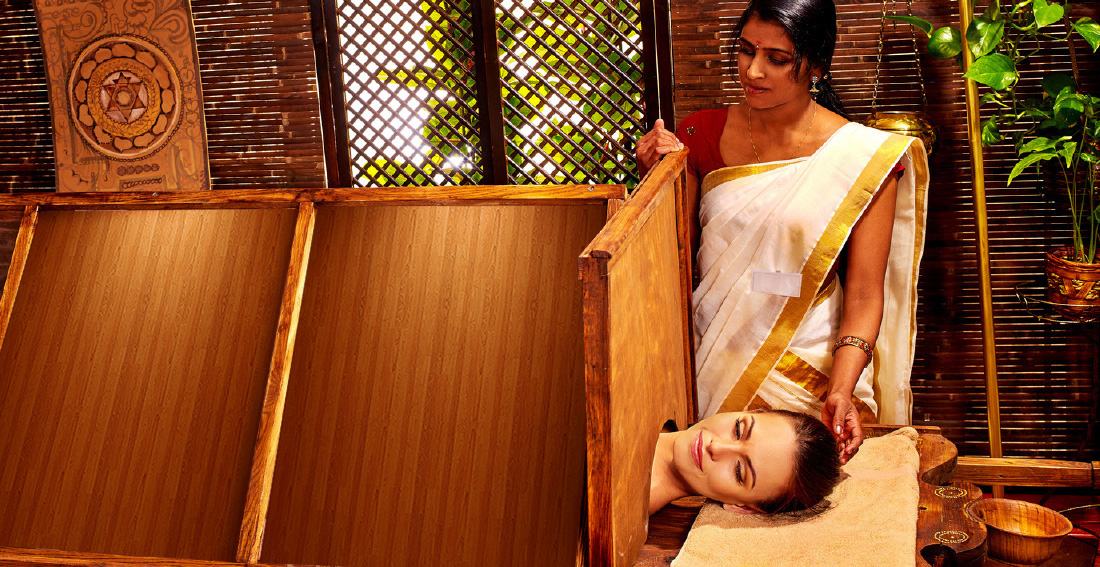Ayurveda
Practitioners distinguish between three different types of life energy:
Vata = wind, air and space, i.e. governing movement
Pitta = fire and water, i.e. governing fire or the metabolism
Kapha = earth and water, i.e. governing structure
Literally translated, “dosha” means “dysfunction (potential)”. In Ayurveda, the doshas occur in every organism. Together, they enable every process in the organism. In a healthy organism, they should be in a harmonious balance, otherwise they cause dysfunction in the system. In every individual’s overall constitution, there are one or two predominant doshas. More rarely, there may be three equally defined doshas. Because each type requires different medication and treatment, it is important for the doctor to know which doshas predominate in any one person.
By visual diagnosis, asking questions and using the ayurvedic method of pulse diagnosis, described in the Sharagadhara Samhita, the doctor determines the current balance of your doshas. In India, the patient’s astrological horoscope is also used (Prakriti analysis) to determine what the balance of the doshas should be. Dietary treatment, regulative therapy, herbal medicine and specific cleansing processes (Panchakarma) are used to restore this correct balance and eliminate the build-up of toxins. These Panchakarma methods include bathing, fasting, therapeutic vomiting, enemas and blood-letting. Massage, yoga and breathing exercises, music and colour therapy are also used, along with numerous kinds of ayurvedic medication
(Text from wikipedia.org)









